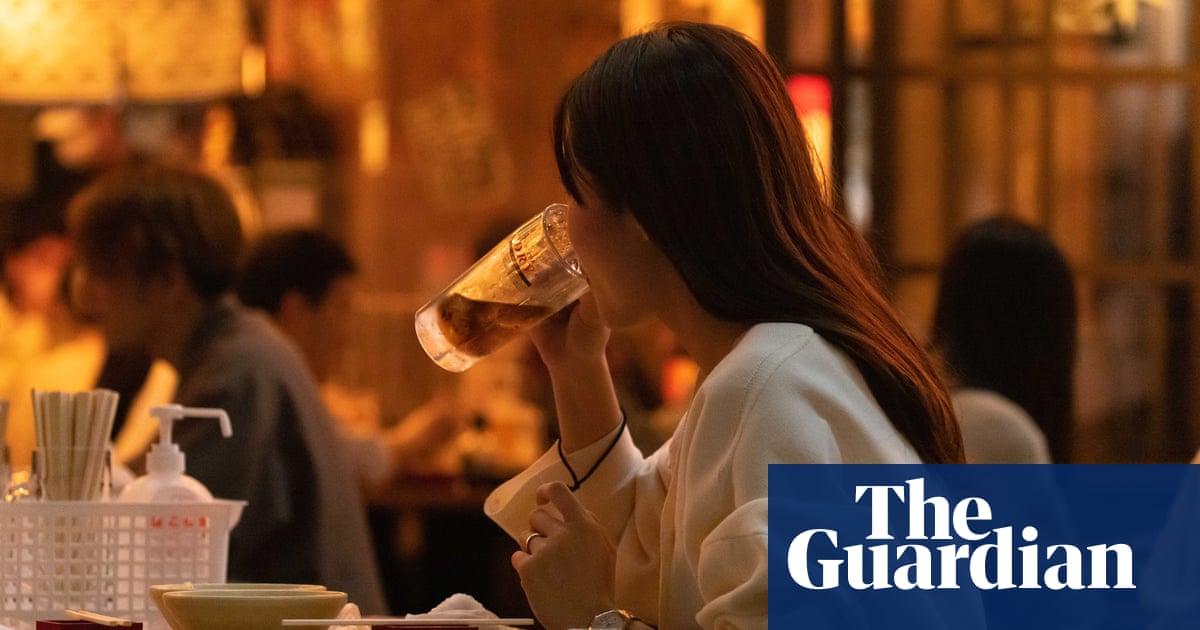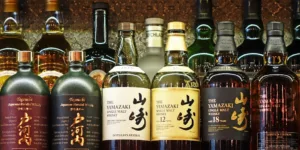“Sake Viva!” is the latest in a long history of schemes designed to offset the effects of Japan’s population ageing and shrinking, as well as changing attitudes towards health and consumption.
The planned intervention follows the failure of Japan’s drinks industry, despite all its marketing powers, to stem a long-term slide in Japanese alcohol consumption that began well over a decade before the pandemic.
Taxes on alcohol products accounted for 3 percent of the government’s tax revenue in 2011, but had fallen to 2 percent by 2020, according to the tax agency.
Japan’s government runs a chronic budget deficit and has total debts equivalent to more than twice the nation’s gross domestic product. A fall in the total volume of alcohol consumed in Japan was inevitable once the indigenous population began to shrink over a decade ago and the proportion of citizens aged over 65 increased to more than a quarter of the country eight years ago.
According to figures released by the tax agency, Japan’s average per adult annual intake of booze has dropped from 100 litres per year in 1995 to 75 litres in the 2020 fiscal year.
Japan tax office launches campaign to help encourage drinking

Liquor tax revenue dives in Japan amid pandemic

Shochu, The Enormously Popular Japanese Spirit, Has Become More Widely Available In New York Thanks To A New Law









